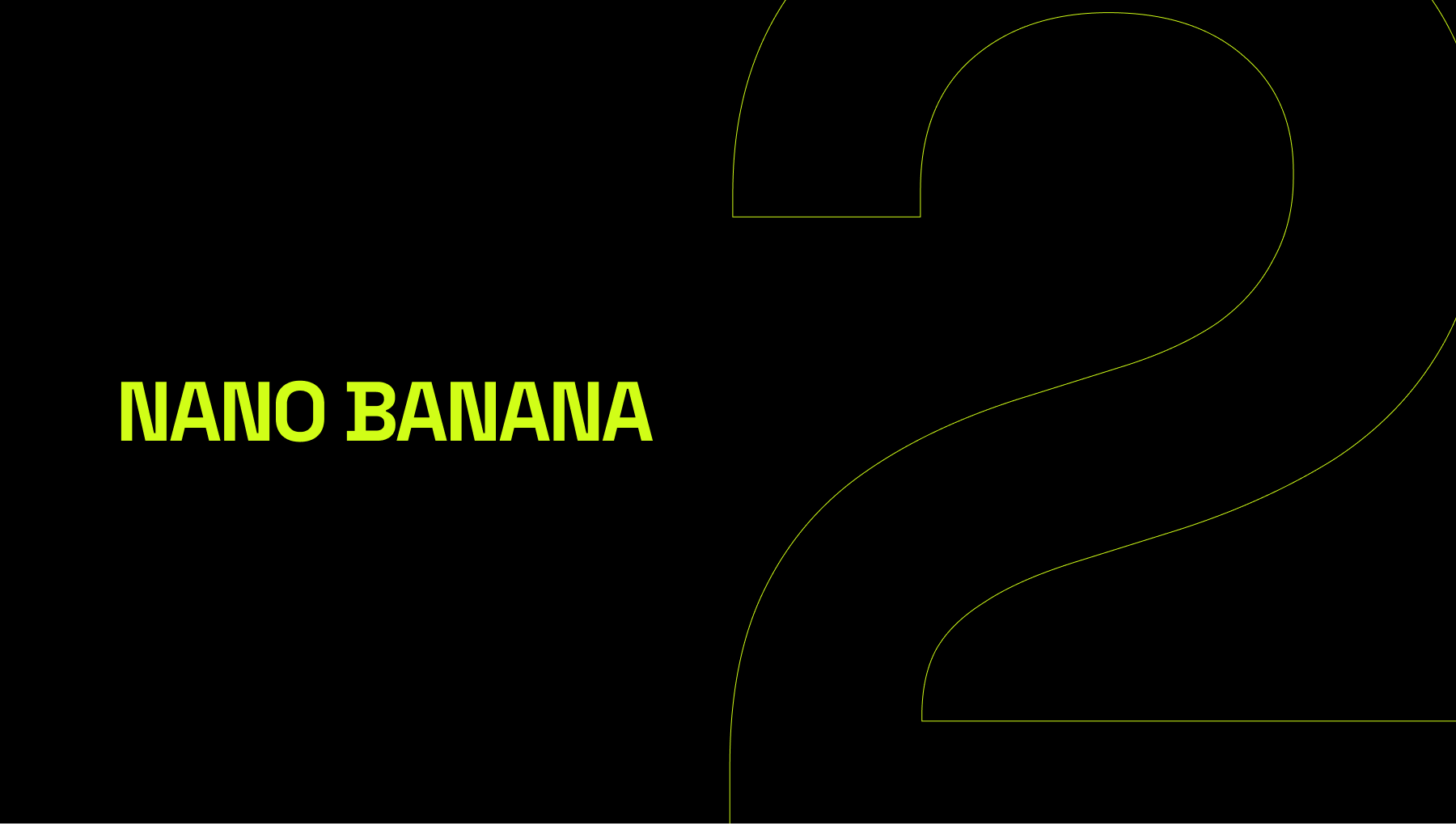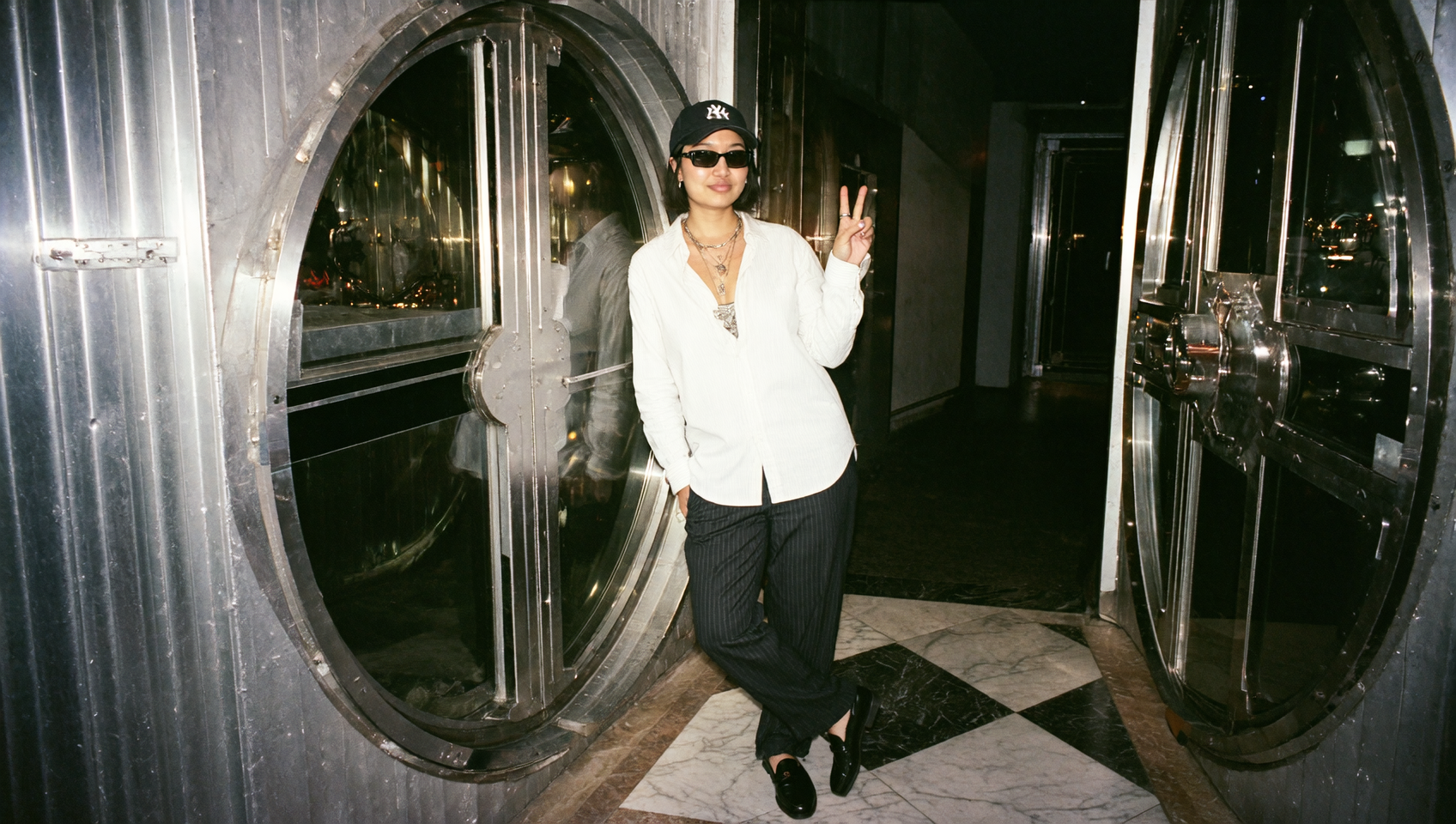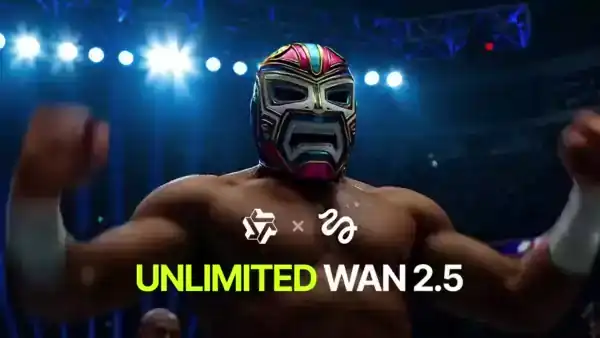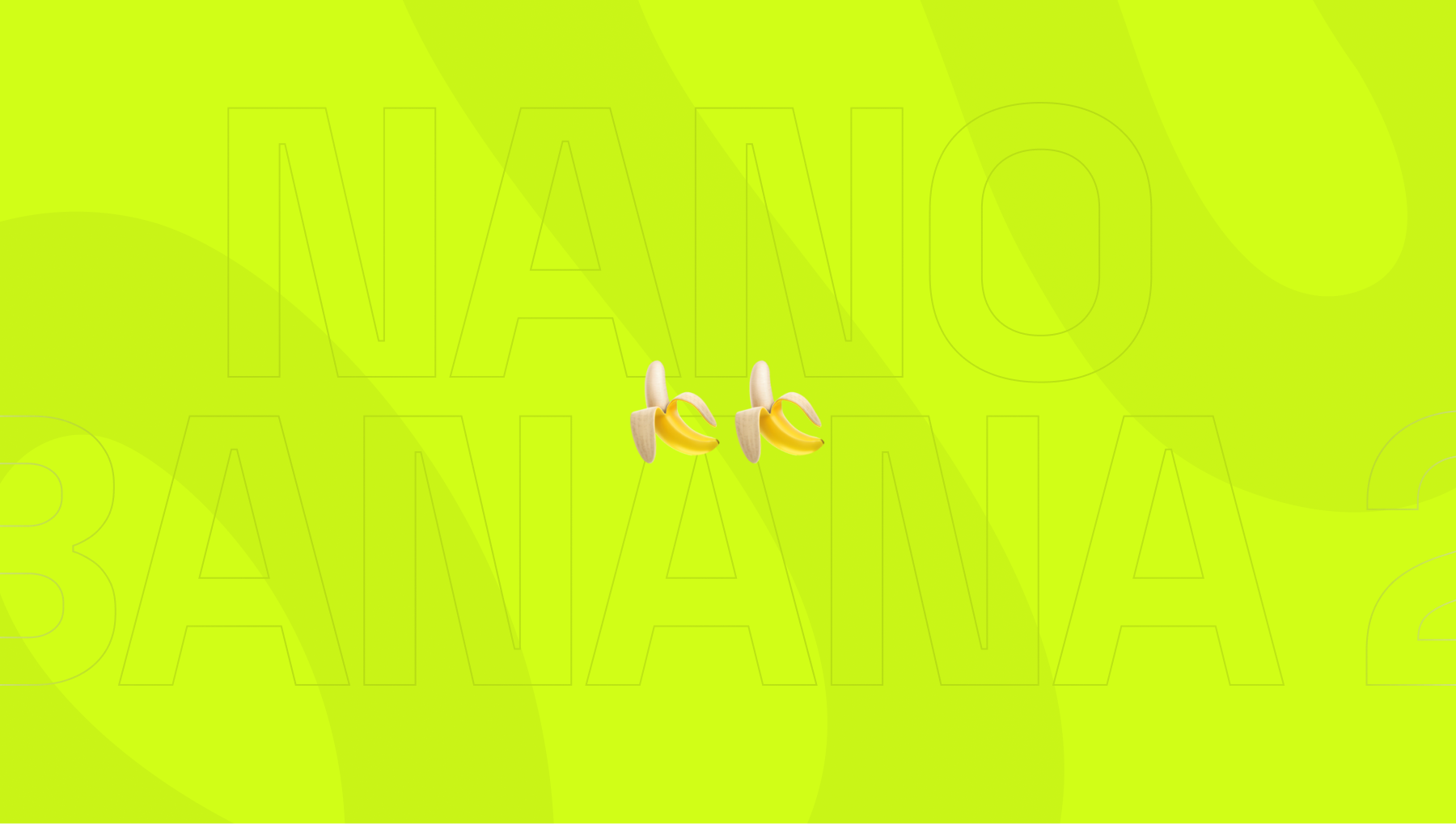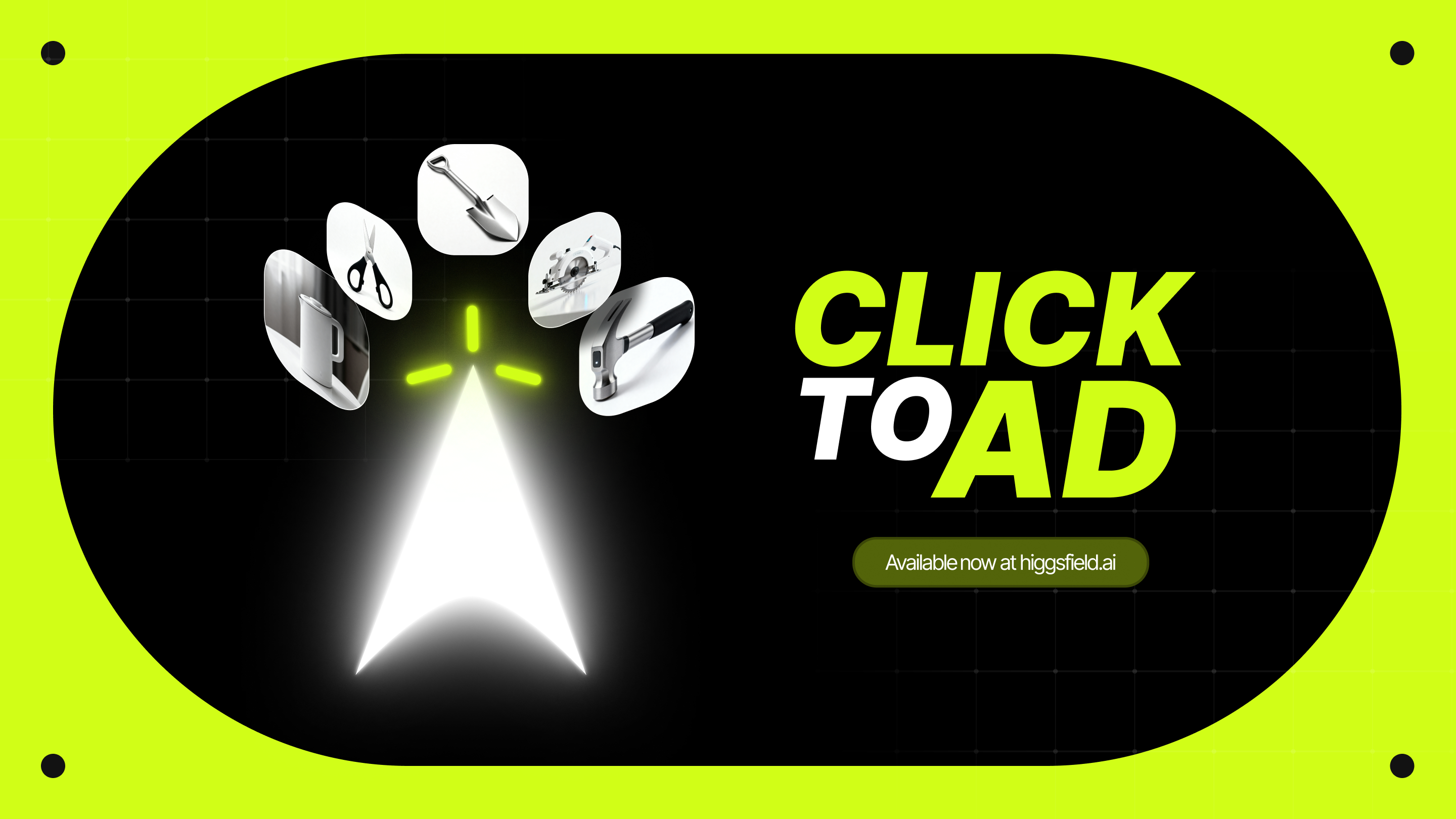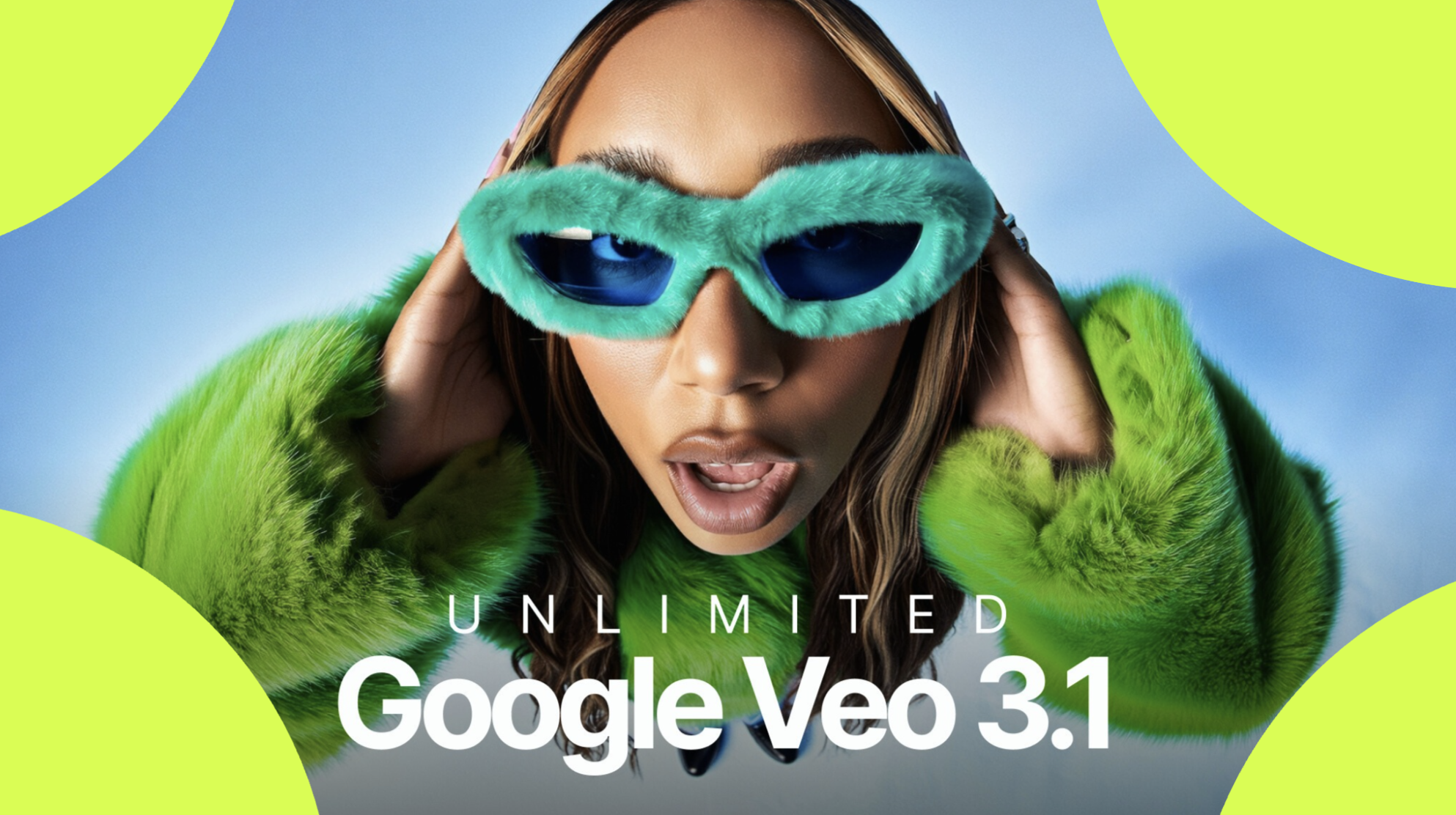In the past several years, image-generation systems have evolved from experimental tools into essential components of modern creative and enterprise workflows. What began as stylistic diffusion models capable of producing aesthetic scenes has grown into a category defined by semantic understanding, contextual reasoning, and detailed visual control.
As the field enters 2026, one of the most anticipated developments is the next iteration of Google’s image model - commonly referred to as Nano Banana 2 - and its relationship to the emerging Gemini 3.0 family.
While the name itself emerged from a playful internal placeholder that unexpectedly gained widespread attention, the model behind it has become the focus of significant industry discussion. The upcoming generation is expected to move well beyond aesthetic improvements.
Early indicators point toward an architecture designed to merge a high-capacity language model with a sophisticated image-generation system, creating a hybrid engine with deeper scene comprehension, stronger textual accuracy, and more reliable structural rendering.
This article examines the expected direction of Nano Banana 2, outlines the possible technical ambitions associated with Gemini 3.0, and explores why the connection between the two models may signal a shift toward reasoning-guided visual synthesis.
A Shift From Rendering to Understanding
Traditional diffusion models follow a relatively predictable process: convert text into an embedding, guide noise into structure, and refine the image through a scheduled progression of denoising steps. This approach performs well for general aesthetic tasks but struggles with requests requiring logic, causality, or precise relationships between objects.
Nano Banana - was a strong example of a fast, lightweight image engine built for speed and versatility.
It followed prompts effectively, produced recognizable faces, and handled everyday visuals across a broad range of contexts. However, its reasoning abilities, text generation clarity, and geometric reliability were similar to other diffusion-first architectures.
Nano Banana 2 (Pro) is expected to pursue a different path. Instead of relying solely on a vision encoder paired with a diffusion decoder, the next generation reportedly incorporates a high-capacity language model to guide the visual process. This “brain and hand” structure positions the LLM as a conceptual planner and the diffusion model as the renderer.
The purpose is straightforward: allow the system to not just translate text into visual attributes, but to interpret instructions, identify relationships, and ensure that the final image follows logical constraints. This format mirrors the shift seen in large multimodal models that combine text reasoning with visual understanding, except here the reasoning is applied at the point of synthesis rather than during analysis.
Gemini 3.0: The Anticipated Cognitive Backbone
Gemini 3.0 is understood to be a generational upgrade designed around high-level reasoning, contextual interpretation, and structured decision-making.
For image models, this matters because it introduces the possibility of semantic supervision at every stage of generation.
Rather than serving merely as a text encoder, the language component can function as an internal critic, checking spatial alignment, object relationships, physics consistency, and instruction completeness.
That means Nano Banana 2 may emphasize:
Improved text accuracy, especially for written content, product labels, UI elements, and signage
Better mathematical and symbolic reasoning, such as correctly generating equations, clock faces, or diagrams
More reliable human features, using structured understanding rather than visual guesswork
Greater compliance with multi-step prompts, where each instruction affects a different region of the image
Consistent color, lighting, and object logic, guided by the LLM’s internal representation of scene coherence
In early community experiments with image-reasoning benchmarks, users often cite scenarios where classical diffusion models fail to adhere to physics or geometry. For example, clocks frequently show incorrect times, written text appears distorted, and objects blend incorrectly. A reasoning-assisted model aims to reduce these inconsistencies.
A New Kind of Multi-Stage Workflow
One of the most significant expected changes is a more deliberate generation pipeline.
Instead of a single forward process, Nano Banana 2 is predicted to be designed for multi-stage verification:
Interpret the prompt and plan the scene
Generate an initial conceptual layout
Check for inconsistencies using the language model
Revise the structure and refine the details
Produce the final high-resolution image
This design resembles how text models use chain-of-thought or multi-step reasoning to reach more accurate answers. Applying these strategies to image synthesis could resolve many of the reliability problems associated with earlier diffusion approaches.
A more structured workflow also improves predictability, an important consideration in enterprise environments where brands require images that follow strict guidelines—such as color consistency, product accuracy, and adherence to visual standards.
Text Fidelity and Product Imagery
Text generation is one of the most challenging aspects of visual AI. Even advanced models often struggle with legibility, alignment, and stylistic consistency. Early signals suggest that Nano Banana 2 aims to address this through:
Symbol-aware tokenization for written content
Reasoning-guided spelling verification
Higher-resolution intermediate latents
Improved perspective correction for angled surfaces
This makes the model especially appealing for applications such as marketing visuals, user interface mockups, product packaging simulations, and educational diagrams. In particular, the ability to handle multi-line text and mathematical notation has become an area of interest within the community, as it signals an advancement beyond decorative image synthesis.
Human Faces and Recognizable Identity
Nano Banana 1 was already known for its ability to generate recognizable figures, though with varying accuracy depending on context. The upcoming version is expected to push this further through structured facial geometry and identity-preserving embeddings. Instead of treating faces as stylistic textures, the model analyzes them using an internal representation that maps proportions, lighting, and expression in a more consistent manner.
This suggests improvements in:
Human likeness and symmetry
Emotion rendering with reduced distortion
Hair, eyes, and skin detail fidelity
Multi-angle consistency when generating series of images
Such enhancements are beneficial for creative industries, but they also introduce important considerations around responsible use, permissions, and ethical generation. Large platforms may introduce additional safeguards to ensure compliant use of identity-related outputs.
Advanced Prompt Following
One of the strongest expected strengths of Nano Banana 2 is its interpretation of complex instructions. Earlier models often rely on keyword matching, meaning they respond to individual terms but do not fully understand relationships between them. By integrating high-level reasoning, the model is positioned to analyze instructions more comprehensively.
This could improve scenarios such as:
Requests with multiple subjects or layered actions
Scene composition involving both foreground and background logic
Conditional prompts (“A but not B”, “X only if Y”)
Abstract instructions that imply emotion or atmosphere
The more the model understands conceptual nuance, the greater its ability to produce visuals that follow creative intent precisely rather than stylistically.
Resolution, Color Depth, and Professional Output
Early indications point to Nano Banana 2 supporting native 2K generation, with the potential for 4K through an intelligent upscaling system. Higher color depth, smoother gradients, and better handling of high-contrast scenes could make the model more suitable for design teams working in environments where print-ready or high-resolution digital assets are required.
Additionally, modular lighting controls - often discussed under the term “lightbox” - could help users adjust illumination and camera parameters more predictably, reducing dependence on prompt engineering alone.
Positioning Within the Broader Ecosystem
As image models become more interconnected with productivity suites, documentation tools, and research environments, the role of reasoning-guided visuals grows more important. If Nano Banana 2 integrates deeply with the Gemini 3.0 framework, it may serve as a central component for tasks such as:
Document illustration
Scientific visualization
Product prototyping
Educational graphics
Concept art
Marketing asset creation
Rather than functioning as a standalone creative tool, it could become a broader system capable of generating and refining content in line with structured reasoning.
Conclusion
Nano Banana 2 represents a notable moment in the progression from traditional diffusion models to hybrid systems that combine rendering with structured reasoning. While the exact implementation details will become clear upon release, the direction is increasingly visible: deeper prompt comprehension, higher reliability, better text handling, improved geometry, and a more sophisticated internal planning process.
By merging cognitive and visual components, the next generation of image systems aims to narrow the gap between intention and output, bringing a more deliberate and controlled framework to AI-assisted image creation.
Experience Google's Best Models on Higgsfield
Start your AI image and video generation with Nano Banana & Veo 3.1.
